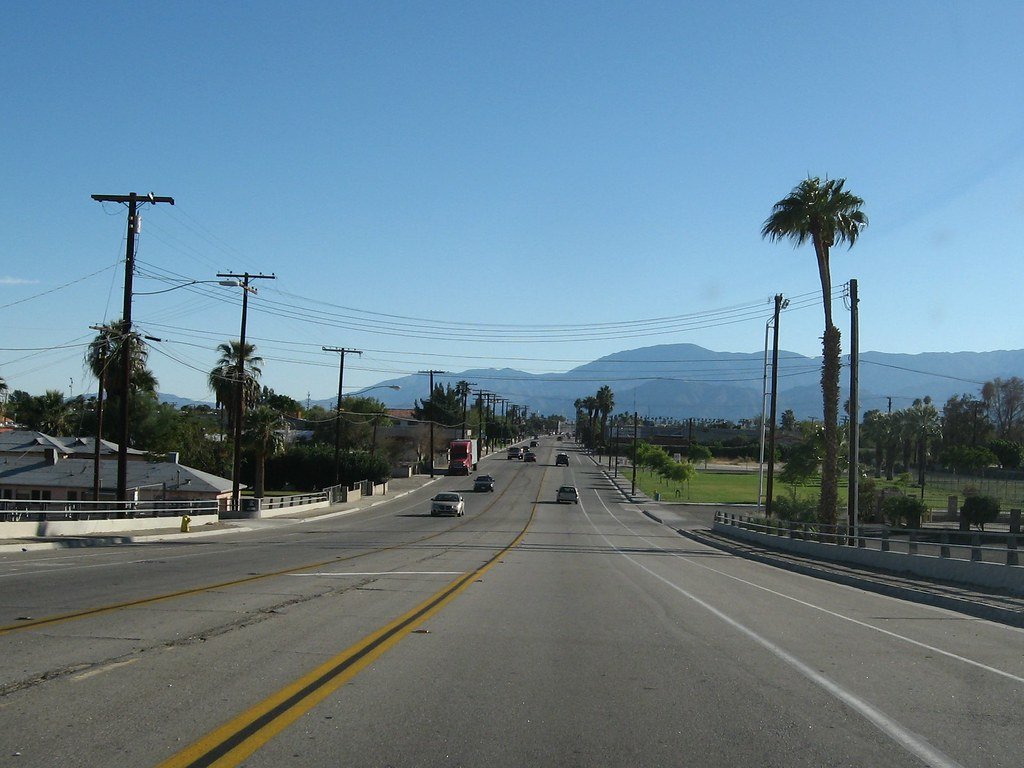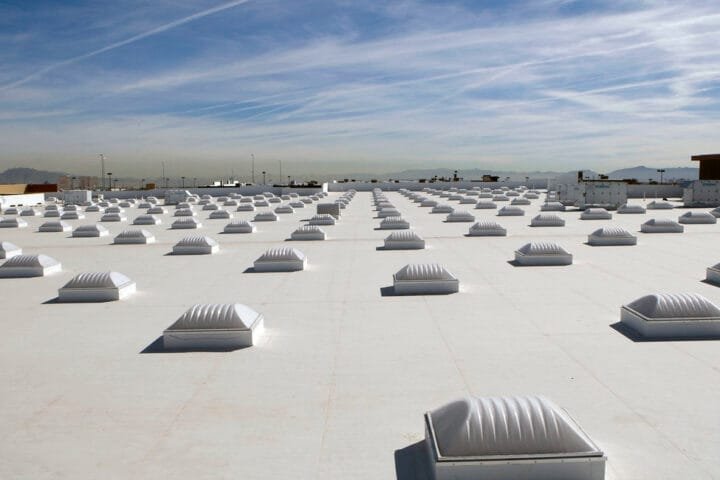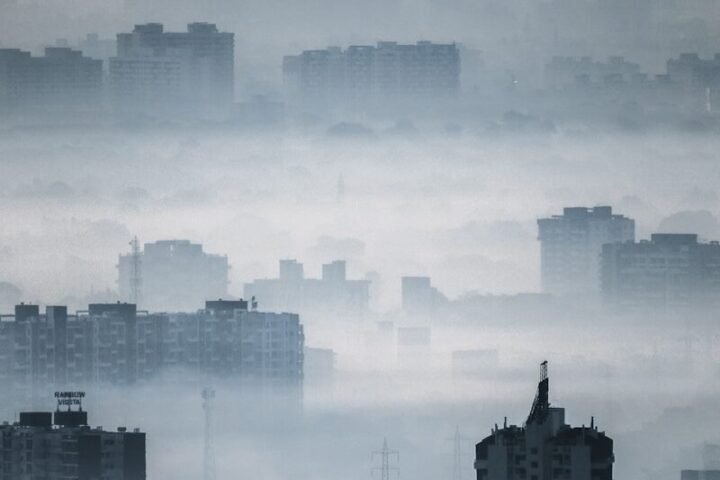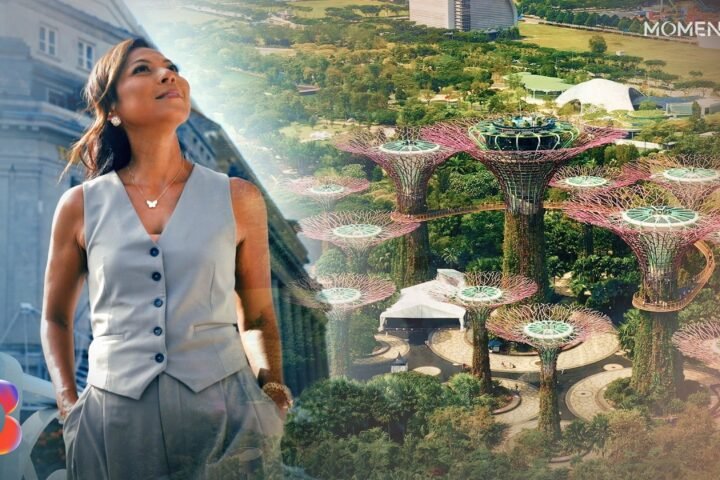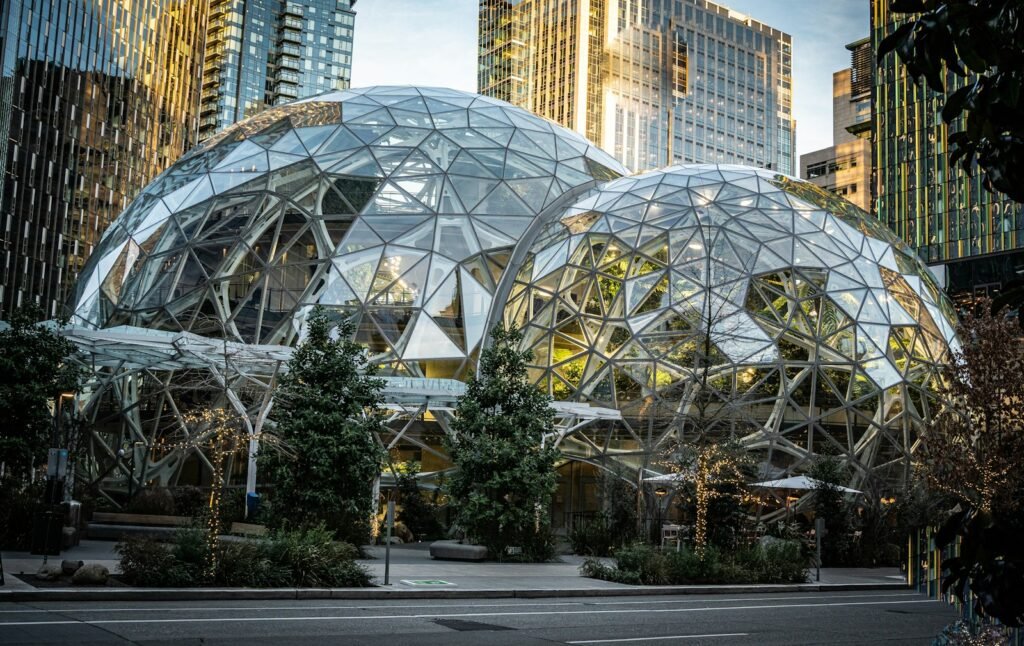Summary
- Urban sprawl in the US impacts 1 in 10 Americans by making temperatures feel at least 8 degrees Fahrenheit hotter in cities.
- Dark, paved surfaces and lack of greenery contribute to the urban heat island effect, exacerbating heatwaves in certain neighborhoods.
- Climate Central’s detailed analysis down to the neighborhood level reveals that simple solutions like painting surfaces lighter colors and planting trees can help cool down neighborhoods.
Nearly 34 million people across 65 US cities — roughly one in 10 Americans — live in a place where the built environment makes temperatures feel at least 8 degrees Fahrenheit hotter than it would without that urban sprawl. That’s according to a new study by the nonprofit Climate Central, which mapped the impact of a phenomenon called the urban heat island effect in major cities in the US.
Dark, paved surfaces with little greenery tend to absorb heat. Hot exhaust from heavy traffic and industrial facilities can also make certain neighborhoods warmer than others. That’s how the urban heat island effect can make a heatwave feel even worse for some communities. In the US, a history of segregation and redlining that resulted in chronic underinvestment in many neighborhoods of color also created heat islands in cities.
Read the full post at The Verge - Science.
